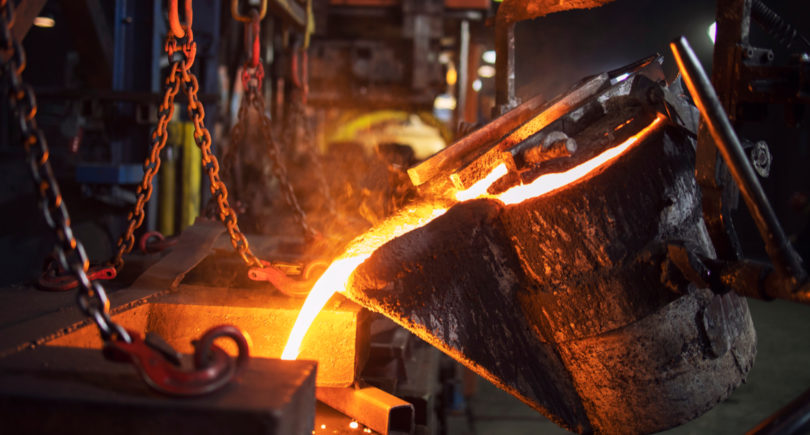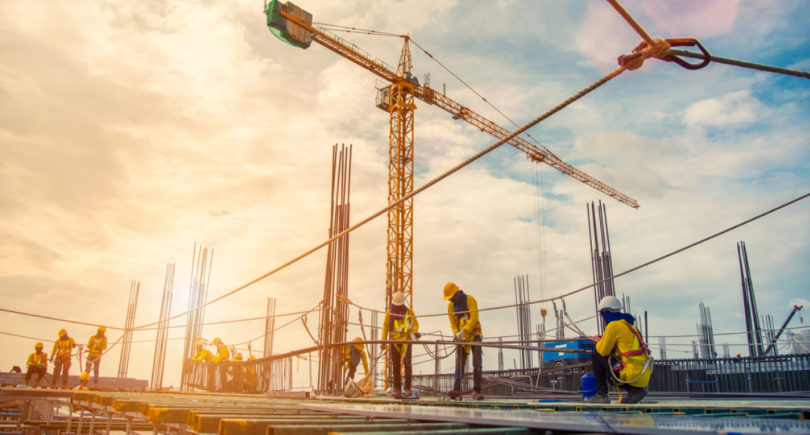
News Global Market decarbonization 778 17 May 2023
The negotiations are aimed at establishing barriers for products produced with high carbon emissions
The Biden administration is focused on reaching a green steel deal with the EU and other partners that would put carbon-intensive products from China and other countries at a disadvantage and help fight overproduction in the PRC. This was announced by the US Secretary of Commerce Gina Raimondo at the conference of the American Iron and Steel Institute (AISI), informs Reuters.
Negotiations conducted by the US trade representative Katherine Tai with the European Union, aimed at establishing trade barriers for steel produced with higher carbon emissions. The steel industry in the United States is heavily dependent on electric arc furnaces, so American steelmakers are among the lowest carbon-emitting companies in the world.
«China doesn’t have the clean steel. We’re pushing our industry to have higher environmental standards and cleaner steel, as is Europe,» Gina Raimondo noted.
The US Commerce Secretary believes a global steel agreement that prioritizes higher quality, environmentally friendly steel and aluminum is the right way to put China at a disadvantage.
President of AISI Kevin Dempsey noted that a key hurdle to overcome is the EU’s demand that 25% tariffs imposed by former President Donald Trump under Section 232 of a 1962 trade law, including a quota agreement for EU producers, be ended, and effectively replaced by the green steel deal. The U.S. side, with backing from the trade group, wants to keep some trade restrictions on steel as part of that deal.
In Dempsey’s view, Section 232 tariffs are still needed because of growing global excess steelmaking capacity. They are mainly concentrated in China, but other Southeast Asian countries are also involved, including Indonesia, where Chinese steel companies are building plants with government subsidies.
As GMK Center reported earlier, at the end of 2022, the United States and the European Union discuss the possibility of the introduction of new customs tariffs for Chinese steel and aluminum as part of the fight against carbon emissions. The new system proposed by US officials is designed to address carbon emissions and overcapacity that threaten the survival of the US and European steel industry. At that time, the idea of climate customs tariffs was at an initial stage and was not officially announced.




